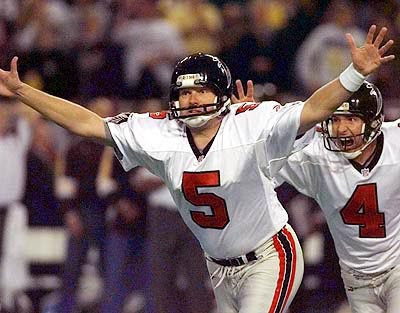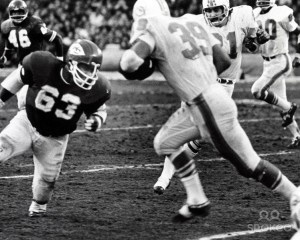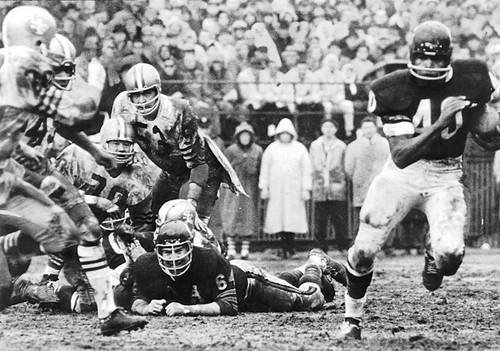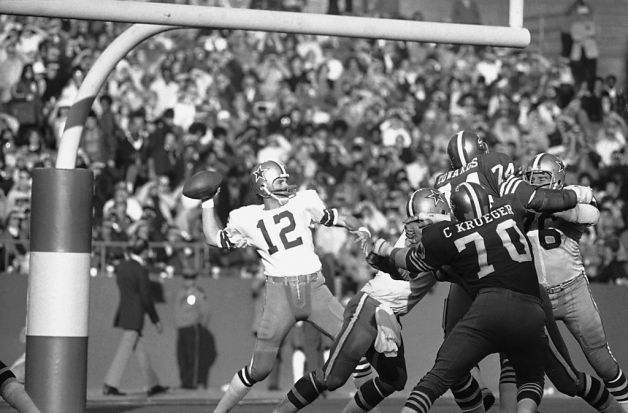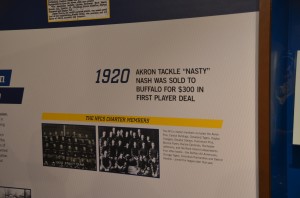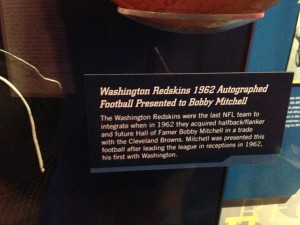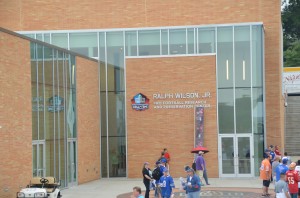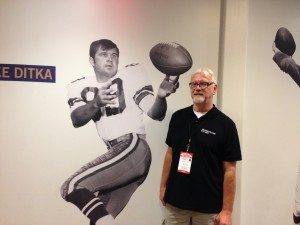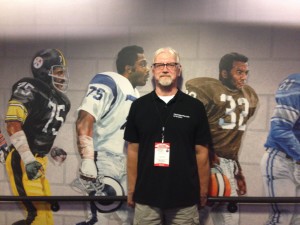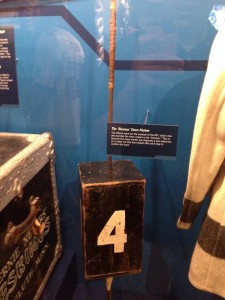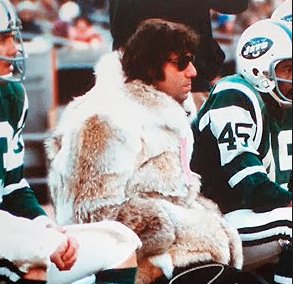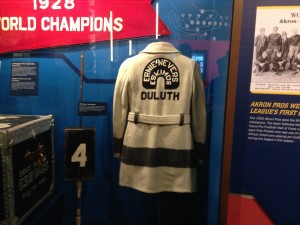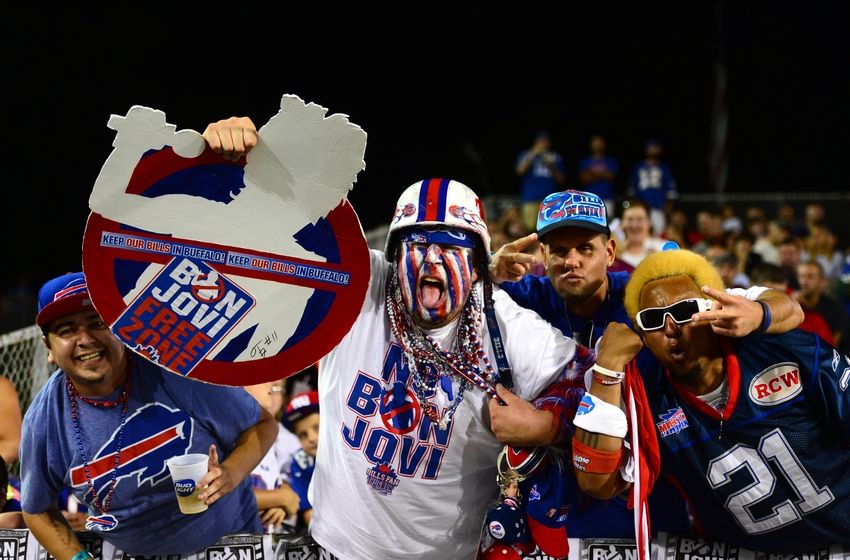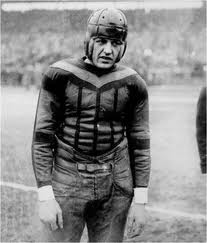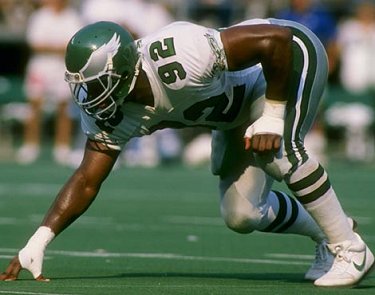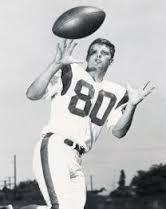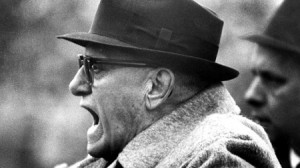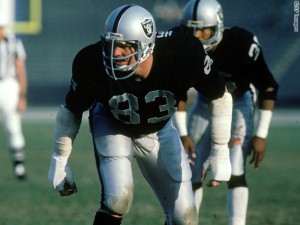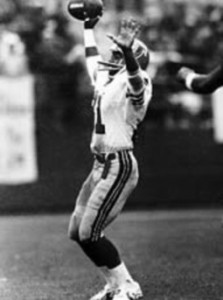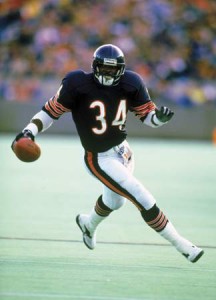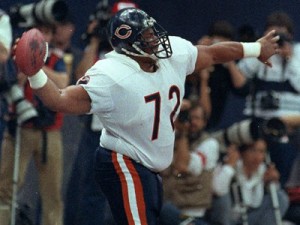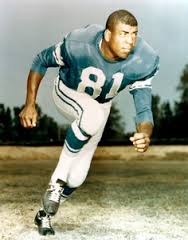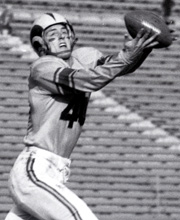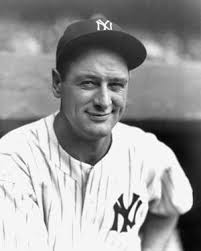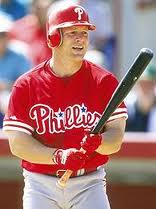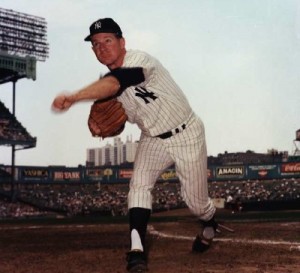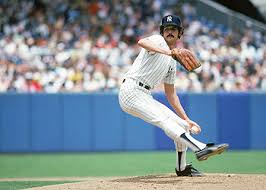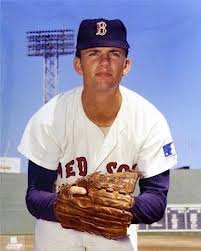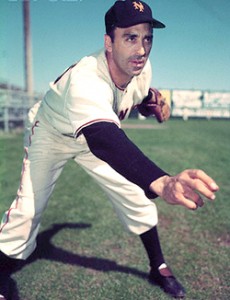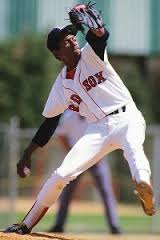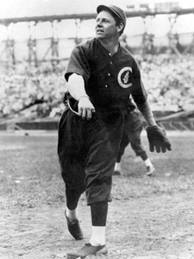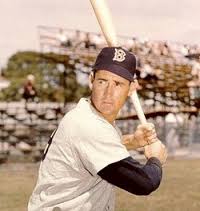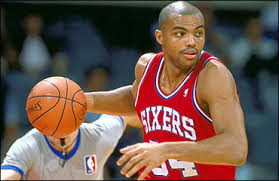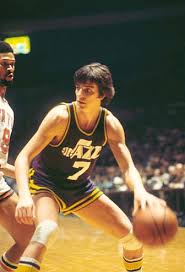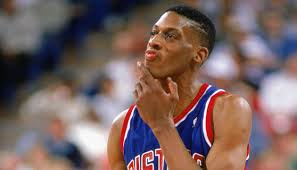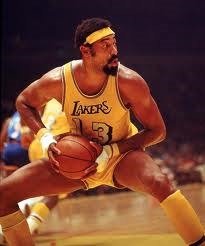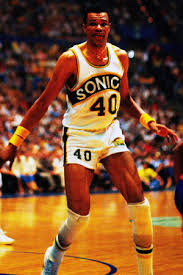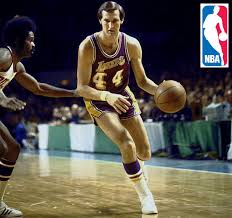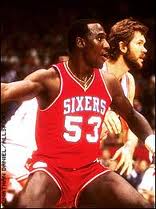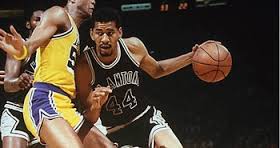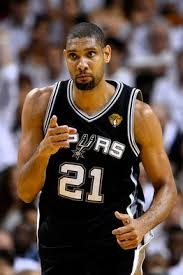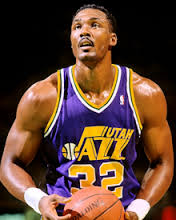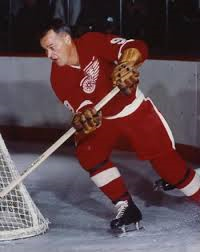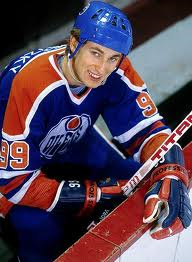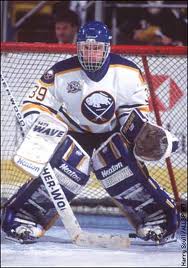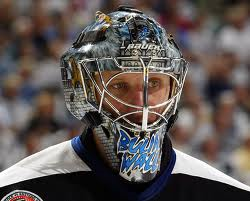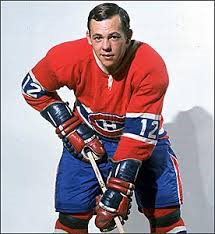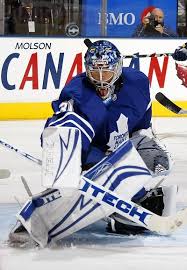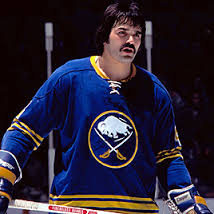The National Football League’s week four schedule includes a match between the Minnesota Vikings and Atlanta Falcons, and so this week’s edition of Throwback Thursday returns to 1998, one of the most successful seasons in Vikings’ history. That is, right up until January 17, 1999, the date of the NFC title game that season between the Vikings and Falcons. The game was a match between the conference’s 2 best teams, with the Vikings finishing 15-1 and the Falcons 14-2. In a fact that made it perhaps a true “modern era” title game, it was the first conference championship game in NFL history played between two teams who played their home games in domed stadiums. Coach Dennis Green’s Viking squad featured a high-scoring passing attack led by quarterback Randall Cunningham throwing to his dynamic receivers – Chris Carter and Randy Moss. Their offense set an NFL record by scoring 556 points, and the team was undefeated at home. The Falcons, under coach Dan Reeves, were led by a journeyman QB, Chris Chandler, and behind young running back Jamal Anderson, were affectionately known to their fans as the “Dirty Birds”, after a winged touchdown dance the players did when they scored. The Vikings had been so dominant that year, with 10 Pro Bowlers on their roster and having won their home games by an average of 23 points, that Atlanta came into the title game as 11-point underdogs despite losing only twice all season. It turned out to be one of the league’s most exciting title games of all time, as Minnesota, as expected, jumped out to an early lead only to see the Falcons rally to overcome a 13 point deficit. Still, the Vikings pulled ahead 27-20 and drove into field goal position with the chance to go ahead by a pretty much insurmountable 10 points. Old pro Gary Anderson was the Vikings’ kicker, and had completed a “perfect” regular season, having made all his extra point and field goal attempts. However, he sent a 38 yard attempt wide left, his first miss of the year, leaving an opening for Atlanta with just over 2 minutes left. Chandler drove his club down the field and hit Terance Mathis on a 16 yard TD pass to tie the game and send it into overtime. The teams traded punts in the extra session before Atlanta’s kicker,Morten Andersen, another seasoned vet, hit the game winning field goal from 38 yards to send the underdog Falcons on to the Super Bowl. Chandler’s performance was memorable, as he threw for 340 yards and 3 touchdowns while limping around on an injured ankle. It was an unfortunate ending to a sensational season for the Vikings, but it should be noted that they lost 5 starters to injury during the game. The bottom line was that the franchise that had four Super Bowl losses on its’ resume, this time found a way to come up short in the conference championship, with probably the most talented roster in team history.
Falcons’ kicker Morten Andersen celebrates his game-winning kick (photo courtesy of petemyersrules.com)
